Background: The Craze of Board Game
In recent years, the realm of board games has witnessed a remarkable surge in growth. In 2012, The Guardian boldly declared it as the "Golden Age for Board Games," citing an impressive growth rate of up to 40% annually. This surge has propelled board games to become one of Kickstarter's most funded project categories.
The burgeoning interest has even sparked the creation of a popular YouTube series called TableTop by Wil Wheaton and Felicia Day. This series features internet celebrities engaging in board game battles, attracting several hundred thousand views per video.
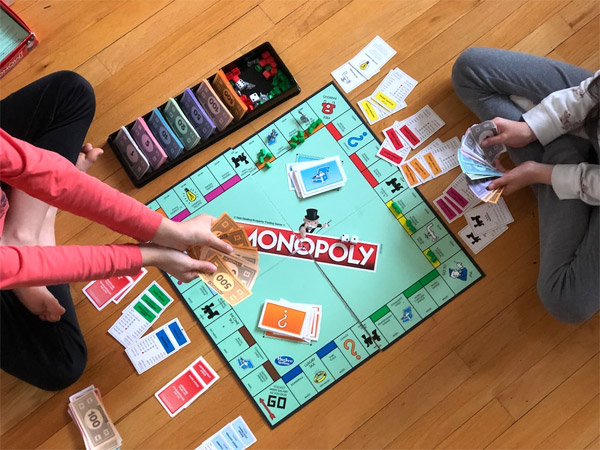
So, how did something as ancient as board games become a contemporary sensation? Where did it all commence?
The Ancient Origin of Board Game
Many might overlook the fact that board games are prehistoric, predating written language. The inaugural game, surprisingly, was dice, or name boardgame dice – a fundamental component in most contemporary board games. The earliest gaming pieces, consisting of 49 small carved and painted stones, were unearthed at the 5,000-year-old Başur Höyük burial mound in southeast Turkey. Similar discoveries in Syria and Iraq indicate that board games likely originated in the Fertile Crescent – the region encompassing areas around the Nile, Tigris, and Euphrates River in the Middle East. Interestingly, this is the same region credited with inventing items like booze, papyrus, breath mints, and calendars – all essential elements for planning a game night!
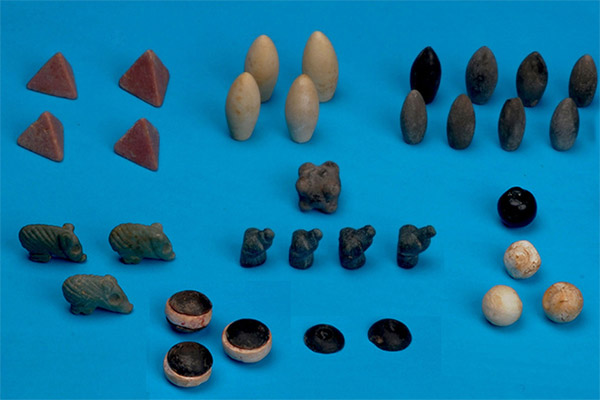
Early Types and Materials of Boardgame Dice
Early forms of dice games were crafted by painting a single side of flat sticks, which were then tossed simultaneously. The result, determined by the number of painted sides showing, would be considered your "roll." Mesopotamian dice exhibited a variety of materials, including carved knuckle bones, wood, painted stones, and even turtle shells.
Various materials, such as brass, copper, glass, ivory, and marble, were eventually utilized to create dice. Roman Era dice closely resemble the six-sided dice familiar in contemporary times. Some dice featured cut corners, as observed in the image above, providing additional possibilities akin to high-number dice used in games like D&D and other roleplaying games.
Moving to 3100 BC, board games gained popularity among pharaohs in Ancient Egypt, particularly the game of Senet. Found in predynastic and First Dynasty burials, Senet is depicted in illustrations from Ancient Egyptian tombs. By the New Kingdom in Egypt (1550–1077 BC), it had evolved into a talisman for the journey of the dead.
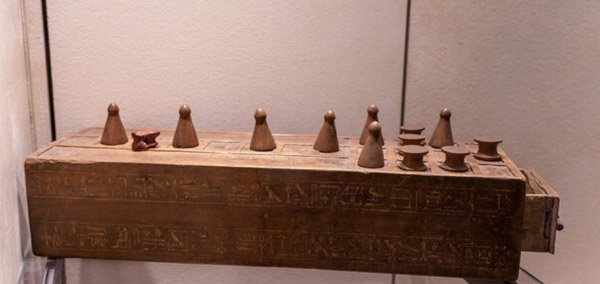
Ancient Egyptians, firm believers in the concept of "Fate," linked the high element of luck in Senet to this notion. Success in the game was believed to be under the protection of major gods like Ra, Thoth, and occasionally Osiris. Consequently, Senet boards were frequently placed in graves alongside other items deemed useful for the perilous journey through the afterlife. Chapter XVII of the Book of the Dead even references the game.
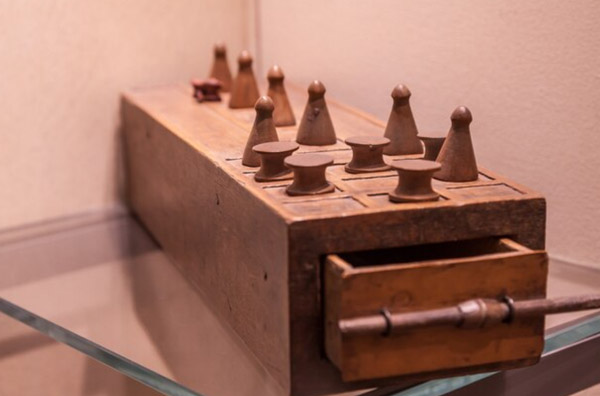
The gameplay of Senet, depicted on a grid of 30 squares arranged in three rows of ten, is subject to some debate. It involves two sets of pawns, with historians making educated guesses about the actual rules. These interpretations have been adopted by various companies producing Senet sets for sale today.
As the popularity of board games surged among royalty, they swiftly found their way into the lives of the working class, becoming intricately linked with religious beliefs. One notable example is the game Mehen.
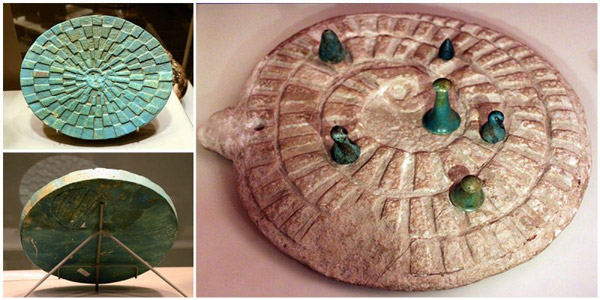
Mehen- A Board Game Integrated with Religion
Although a comprehensive set of rules for Mehen remains elusive, it is known that the game is a representation of the deity Mehen. In the Sun Cult's vision, Mehen was envisioned as a colossal serpent enveloping the Sun God Re in its coils, a symbolism reflected in the game board itself.
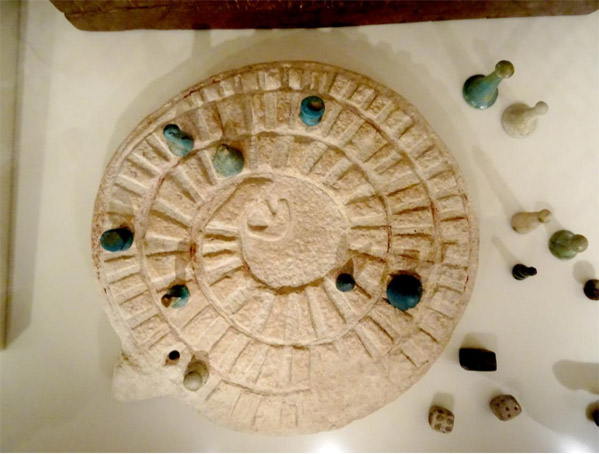
At some undetermined point, possibly predating the Old Kingdom, the game and the god became inseparable. It transcended mere pastime, evolving into a symbol synonymous with the serpent deity in both texts and philosophical discourse. Ancient Egyptian Historian Tim Kendall proposed that, with the available evidence, it is challenging to ascertain whether this deity was inspired by the game itself or pre-existing mythology.
While the rules for Mehen remain undiscovered, a comparable Arab game known as the Hyena Game shared several traits. Consequently, the gameplay utilized in the Hyena game has been adapted to suit Mehen. In this game, players commence with six marbles and one lion, and stick dice determine movement. Starting at the tail along the board's outer edge, players race towards the center, where the snake's head is located. Once a marble reaches the center, movement reverses, and players head back towards the starting point. The lion piece comes into play, serving as a predatory element to capture (or "eat") opponents' marble pieces.
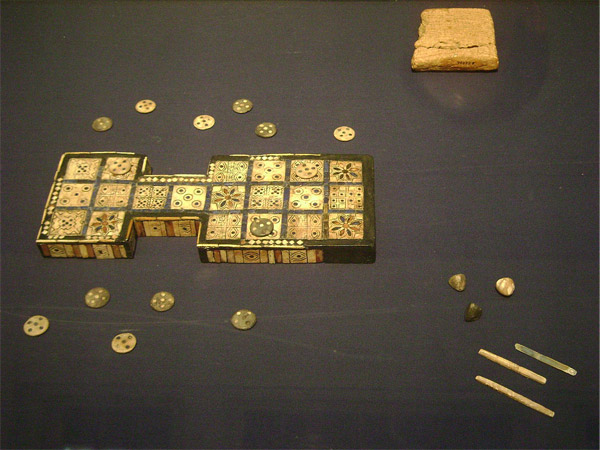
The Royal Game of Ur: The Longest-Played Board Game
Contrary to popular belief that Backgammon holds the record for the longest-played board game, the Royal Game of Ur takes this distinction, with evidence dating back to 2650 BC. Discovered by game enthusiast Irving Finkel on an ancient stone tablet, the game's rules were brought to light. A surprising revelation followed when Finkel encountered a retired schoolteacher who had played the same game as a child. This positions The Royal Game of Ur as the longest-played board game in world history, surpassing Backgammon by over 2,000 years.
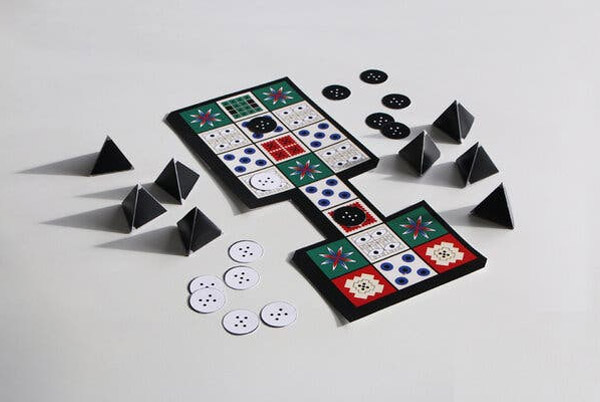
The moniker of "The Royal Game of Ur" originates from its discovery within the Royal Tombs of Ur in Iraq, with sets also unearthed in Pharaoh Tutankhamen's tomb. This ancient game utilized two sets, one black and one white, comprising seven markers each and three tetrahedral dice, akin to the modern four-sided dice.
The earliest evidence of a game closely resembling backgammon dates back to 2000 BC, with Ludus duodecim scriptorum being a popular board game during the Roman Empire. Translating to the "game of twelve markings," it likely alludes to the three rows of 12 markings on surviving boards. The game tabula is considered its descendant and bears similarities to modern backgammon.
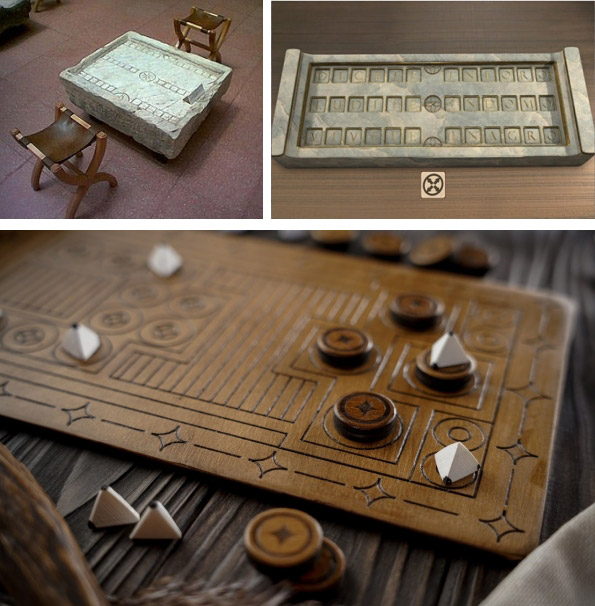
The ancient backgammon-like game featured a board with 24 points, 12 on each side, akin to today's version. Players had 15 checkers and used cubical six-sided dice. The objective was to be the first to bear off all checkers, mirroring the modern rules. The variations included the use of an extra die (three instead of two) and starting all pieces off the board, entering similarly to modern backgammon's bar entry.
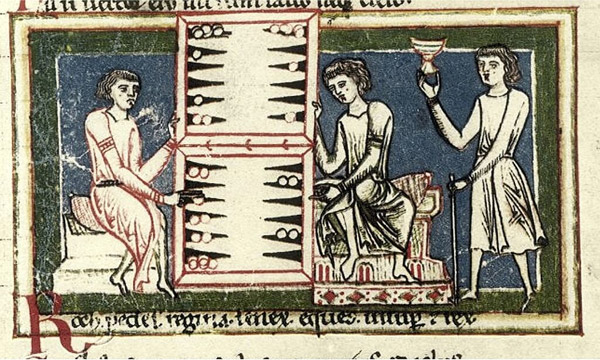
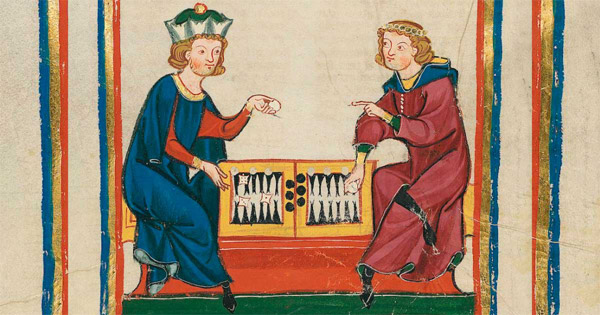
In the mid-1960s, backgammon experienced a surge in popularity, attributed in part to the influence of Prince Alexis Obolensky, dubbed "The Father of Modern Backgammon." He co-founded the International Backgammon Association, establishing official rules, and initiated the World Backgammon Club of Manhattan in 1963, creating a tournament system. The inaugural international backgammon tournament in March 1964 drew royalty, celebrities, and the press.
This surge led to backgammon becoming a widespread trend, played on college campuses, in discothèques, and at country clubs. Sponsored tournaments by cigarette, liquor, and car companies became common, with Hugh Hefner hosting backgammon parties at the Playboy Mansion. Backgammon clubs formed, culminating in the 1967 World Championship in Las Vegas.
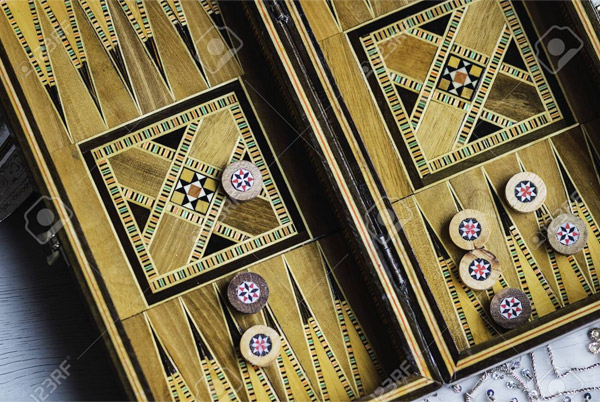
Military Strategy Games: Recent Board Game Types in 21st Century
More recently, the United States Backgammon Federation (USBGF), formed in 2009, aims to revive the game's popularity in the United States. Comprising top players, tournament directors, and writers in the global backgammon community, the USBGF plays a pivotal role in fostering the game's resurgence.
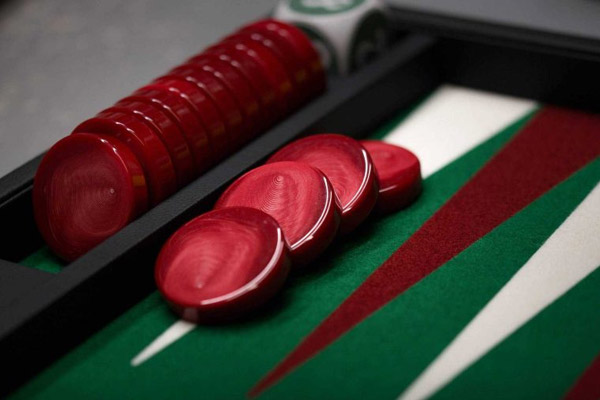
Military strategy games is one of the most popular board game types which were inspired by the influence of war around 1300 BC, as evidenced by Ludus latrunculorum, a two-player strategy board game popular throughout the Roman Empire. It is said to resemble chess and reflects the theme of military strategy due to the numerous wars during the 13th century BC.
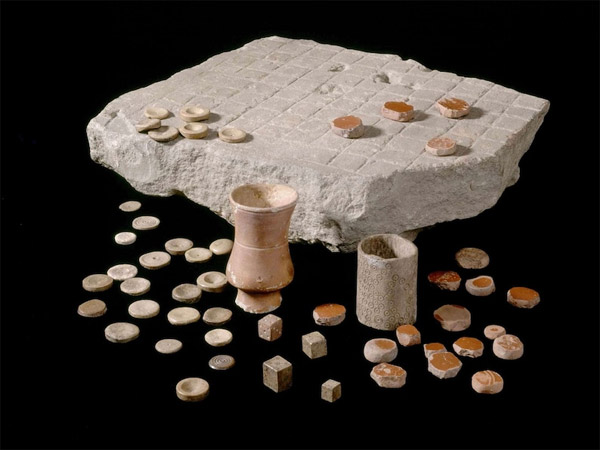
This game, with references dating back to Homer's time, had many pieces and was played on a checkerboard-type pattern. The board, termed the "city," featured pieces known as "dogs," with two colors involved. The objective was to capture a piece of one color by enclosing it between two of the other color. Ludus latrunculorum potentially influenced the development of early chess, particularly the movement of pawns.
Around 500 BC, board games, primarily played by adults in ancient cultures, became part of childhood. While not strictly a board game, Hop-Scotch, one of the earliest games for children, dates back to Roman children. It involves tossing a marker into a square and hopping through the course while avoiding the square with the marker.
Board Games: On the Rise in Asia
Around 400 BC, board games made their mark in Asian society, with Liubo breaking away from interpretations of Middle Eastern games to become the first game developed by the Eastern world. This game, played by two individuals, involved moving six game pieces around a square board with distinctive patterns. Dice sticks determined moves, and Liubo gained popularity during the Han Dynasty before declining, potentially due to the rise of Go.
The influence of board games extended to Eastern culture, with Liubo boards and game pieces discovered as grave goods in Han Dynasty tombs. Archaeological finds revealed diverse materials used for game boards, such as stone slabs, carved wood, or tables with built-in boards. Despite the scarcity of complete rules, a well-preserved set from 1973 shed light on Liubo's components, including a lacquered wooden box for board games, ivory game pieces, counting chips, throwing rods, and an eighteen-sided die.
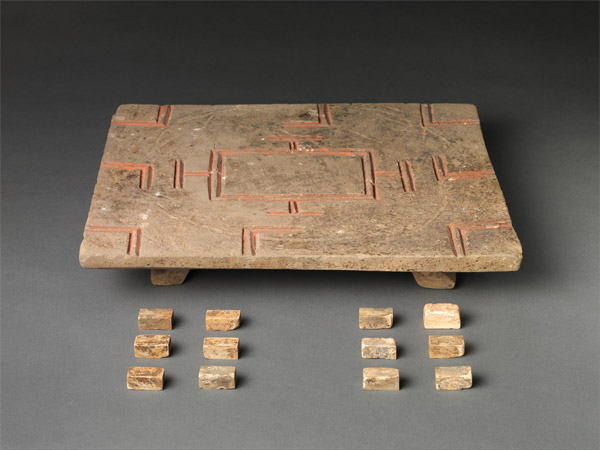
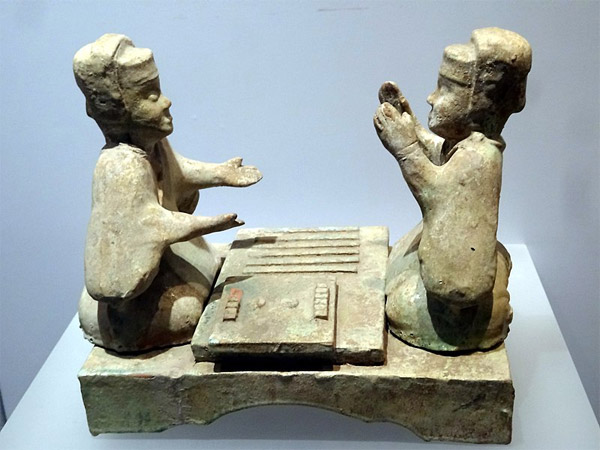
Around 400 AD, Tafl games emerged, representing ancient Germanic and Celtic strategy board games played on a checkered board with two armies of uneven numbers. These games played a role in the evolution of chess, showcasing the enduring influence of board games on strategic thinking throughout history.

Despite variations in board size and piece numbers, all Tafl games maintained a consistent 2:1 ratio of pieces. The smaller side, featuring a king-piece at its center, aimed to escape to the board's periphery or corners, while the larger force sought to capture the king. The attacking force had a natural advantage at the start, reflecting a cultural aspect that mirrored the success of Viking raids.
Tafl games spread wherever Vikings traveled, including Iceland, Britain, Ireland, and Lapland, with various iterations played across Northern Europe.
Presumed to have branched off into an iteration called Chaturanga, Tafl influenced the development of Chess. Chaturanga, an ancient Indian strategy game from the Gupta Empire (6th century AD), later evolved into shatranj in Sassanid Persia, reaching late-medieval Europe as Chess.
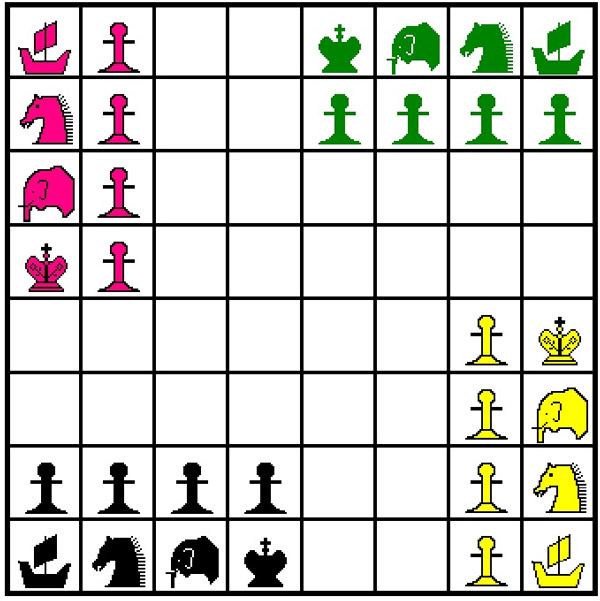
Chess: The Most Famous Board Game in Europe
Chaturanga was played on an 8×8 uncheckered board called Ashtāpada, later transformed into Chess, played on the same 8×8 tile board. The earliest evidence of chess dates back to Sassanid Persia around 600 AD. It's theorized that Muslim traders brought ornamental chess kings to European seaports as curios before introducing the game of chess.
Chess reached Western Europe and Russia through multiple routes by the 9th century and had spread throughout Europe by the year 1000. Introduced to the Iberian Peninsula by the Moors in the 10th century, chess was described in the 13th-century manuscript Libro de los juegos.
Around 1200, Shatranj's rules were modified in southern Europe, with significant changes around 1475 that shaped modern chess. Italy and Spain adopted new rules, allowing pawns to advance two squares on their first move and giving bishops and queens their modern abilities. The queen, replacing the earlier vizier chess piece, became the most powerful piece, leading to the term "Queen's Chess" or "Mad Queen Chess." These rule changes spread throughout western Europe, and the rules concerning stalemate were finalized in the early 19th century.
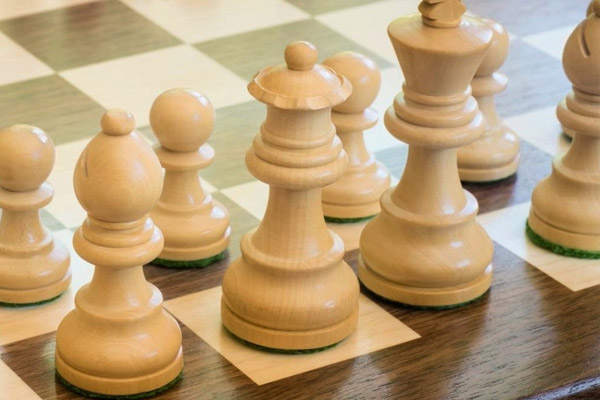
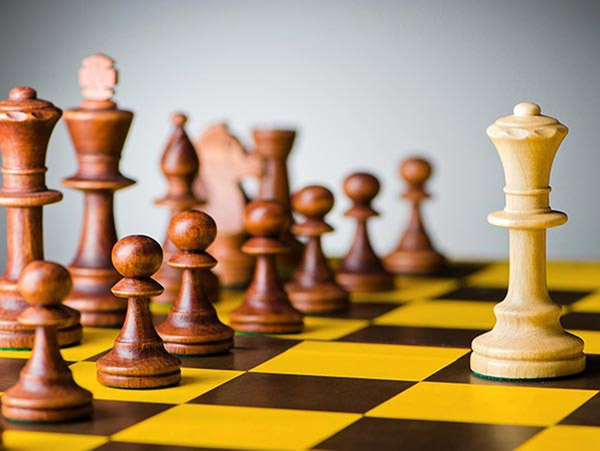
During the Age of Enlightenment, chess was considered a means of self-improvement. In 1750, Benjamin Franklin wrote an article titled "The Morals of Chess," highlighting the valuable qualities acquired through the game. Chess was incorporated into schools, leading to the formation of chess clubs. While not officially part of the Olympics, chess is recognized as a sport by the International Olympic Committee (IOC) and has its own Olympiad held every two years as a team event, with most countries having a national chess organization.
Mancala: Another Special Board Game Type
The Earliest Evidence of Mancala (700 AD): Mancala is commonly recognized as a specific game, but it represents a genre of games played globally, often known as "sowing" or "count-and-capture" games. The term "mancala" originates from the Arabic word "naqala," meaning "to move." Over 800 names for traditional mancala games are known, with nearly 200 invented variations. Despite some names referring to the same game, there is a considerable diversity in the mancala family.
Most mancala games share a general gameplay pattern. Players start by placing a specific number of seeds, as per the game's rules, into each pit on the board. A turn involves removing all seeds from a pit, "sowing" them by placing one in each successive pit, and capturing seeds based on the board's state. This gives rise to the term "count and capture" to describe the gameplay.
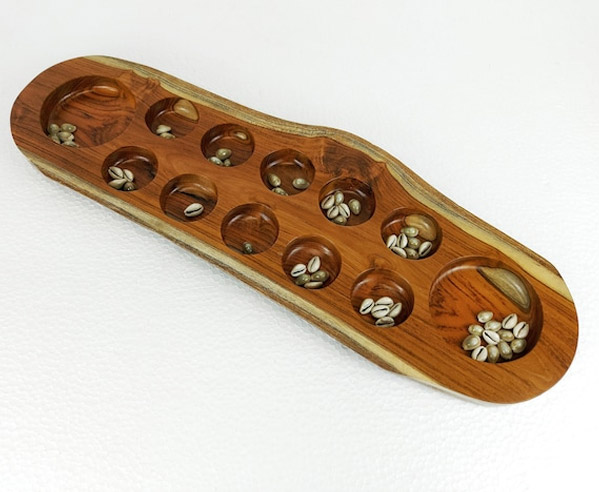
Mancala boards are typically constructed from various materials, featuring rows of holes, usually two or four. Materials range from clay to other shapeable substances, and some games involve holes dug in the earth or carved in stone. The holes may be referred to as "depressions," "pits," or "houses," with larger holes on the board's ends, called "stores," used for holding the pieces.
Playing pieces include seeds, beans, stones, cowry shells, half-marbles, or other small undifferentiated counters moved between holes during play.
In most two and three-row mancala games, the objective is to capture more stones than the opponent. In four-row games, the goal is often to leave the opponent with no legal moves or to capture all counters in their front row.
At the start of a player's turn, they select a hole with seeds to be sown around the board. This selection is often limited to holes on the player's side of the board and those with a certain minimum number of seeds.
The sowing process involves dropping seeds one by one into subsequent holes, wrapping around the board. This action, known as sowing, aligns with the physical act of planting seeds. If the sowing concludes after the last seed is dropped, the game is considered a single lap.
The earliest evidence of the game includes pottery board fragments and rock cuts found in Aksumite areas in Matara (Eritrea) and Yeha (Ethiopia), dating back to the 6th and 7th centuries AD. References to the game may be found in Giyorgis of Segla's 14th-century Ge'ez text Mysteries of Heaven and Earth, where he mentions a game called "qarqis," a term encompassing both Gebet'a (mancala) and Sant'araz (modern sent'erazh, Ethiopian chess).
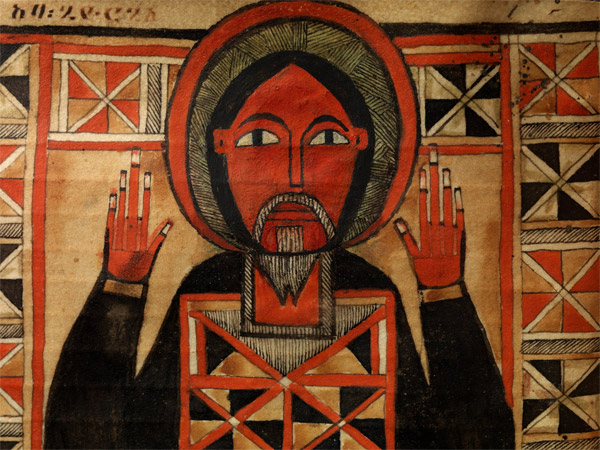
The Landlord's Game (1903), designed by Lizzie Magie, stands as one of America's earliest board games. The square track board featured properties, railroads, utilities, and a jail, including a corner named "Labor Upon Mother Earth Produces Wages." This corner granted players $100 each time they passed it, reminiscent of familiar game mechanics.
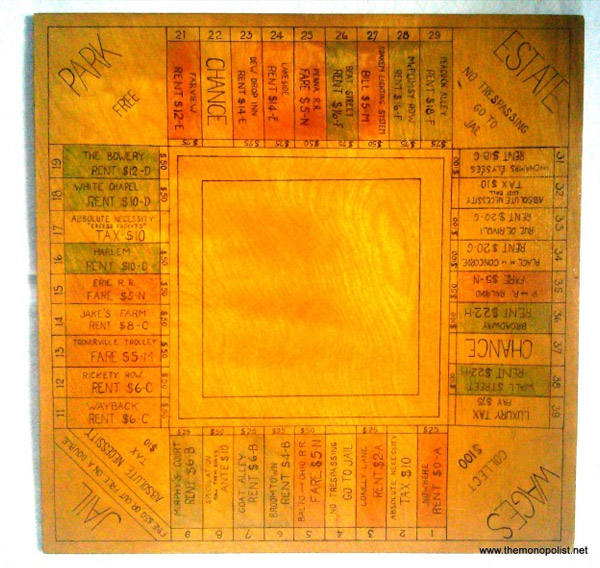
Magie patented The Landlord's Game in 1904, intending it as a practical demonstration of land grabbing and its economic consequences. The game was rooted in the principles of Georgism, proposed by Henry George, illustrating how rents enrich property owners and impact tenants.
The Origins of Mancala (700 AD): Mancala, often considered as a singular game, constitutes a diverse genre of games known as "sowing" or "count-and-capture" games played globally. The term "mancala" traces its roots to the Arabic word "naqala," meaning "to move." With over 800 names for traditional mancala games and nearly 200 invented variations, the family of mancala games displays rich diversity.
The common gameplay pattern in most mancala games involves players placing a specific number of seeds into each pit on the board, followed by a turn of removing, sowing, and capturing seeds based on the board's state. The term "count and capture" aptly describes this gameplay.
Mancala boards, typically constructed from various materials, feature rows of holes, usually two or four. Materials range from clay to other shapeable substances, and some games involve holes dug in the earth or carved in stone. The playing pieces, including seeds, beans, stones, or other small counters, are moved between holes during play.
The objective varies in different mancala games, from capturing more stones than the opponent to leaving the opponent with no legal moves or capturing all counters in their front row in four-row games.
When it comes to the sowing process, at the beginning of a player's turn, they choose a hole with seeds to sow around the board. Sowing involves dropping seeds one by one into subsequent holes, wrapping around the board. If the sowing concludes after the last seed is dropped, it is considered a single lap.
Fragments of a pottery board and rock cuts found in Aksumite areas in Matara (Eritrea) and Yeha (Ethiopia) provide the earliest evidence of mancala, dating back to the 6th and 7th centuries AD. References to the game may be found in Giyorgis of Segla's 14th-century Ge'ez text Mysteries of Heaven and Earth.
The Development of Board Games
The Landlord's Game (1903): Lizzie Magie, an early American board game designer, invented The Landlord's Game in 1904 as a practical demonstration of land grabbing and economic consequences based on the principles of Georgism proposed by Henry George. In 1935, Magie sold the patent for The Landlord's Game to Parker Brothers, which later became Monopoly. The game's rejection by Parker Brothers initially contrasts with its eventual massive success.
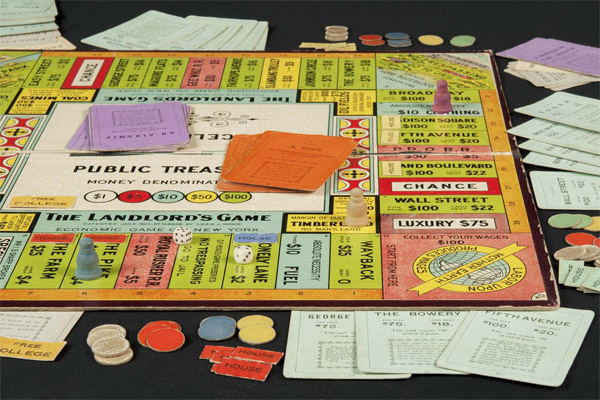
Spiel des Jahres (1978): Translating to "Game of the Year" in German, Spiel des Jahres is a prestigious award for board and card games, awarded annually by a jury of German game critics. The award aims to recognize excellence in game design and promote top-quality games in the German market. It significantly influences the quality of games emerging from Germany, impacting sales and contributing to the popularity of Euro Games, characterized by downplaying luck and focusing on economics and strategy.
Catan's Influence in the United States (1995): The Settlers of Catan, designed by Klaus Teuber, marked one of the first Eurogames to gain popularity outside of Europe. Catan's innovative gameplay, where players compete to establish colonies on a fictional island, contributed to its widespread success. It became a gateway game, introducing many to the world of Eurogames and influencing the surge in popularity of board games in the United States.
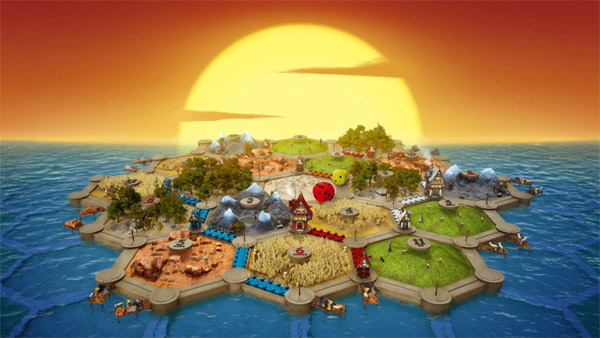
Kickstarter and Board Game Funding (2009): Kickstarter, a global crowdfunding platform, revolutionized the board game market by providing a platform for game designers to bring their ideas to life. Traditionally, game designers struggled to bring their creations to market, often working on games as a hobby. Kickstarter offered a solution by allowing creators to showcase their ideas to a community of backers, providing tangible rewards in exchange for pledges. This crowdfunding model has been particularly influential in the board game industry, allowing for the creation of innovative and niche games.
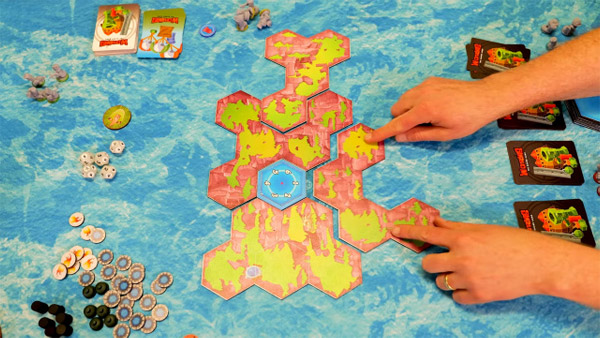
The Kickstarter campaign for the Conan Board game took off on January 12th, 2015, aiming for an $80,000 goal. Remarkably, it achieved full funding within an impressive 5 minutes and 37 seconds, eventually raising a grand total of $3,327,757. This success is not isolated; Dwarven Forge, specializing in physical terrain tile pieces for role-playing games, gathered a substantial $2,140,851 through Kickstarter. As of now, there are 213 ongoing tabletop-related projects on Kickstarter, showcasing the remarkable growth of the board game community.
Yearly Worldwide Gaming Event (2013): A pivotal contributor to the surge in board gaming popularity is TableTop, a web series created by Wil Wheaton and Felicia Day. Launched on the Geek & Sundry YouTube Channel, TableTop quickly became its flagship series. Initially conceived as a board game review show, TableTop evolved into a platform where Wil Wheaton, accompanied by popular TV and web personalities, engages in actual gameplay to demonstrate the enjoyment of various board games.

By its third season, TableTop sought independence through a crowdfunding campaign with a $500,000 target, ultimately raising nearly triple that amount. The excess funds paved the way for a new web series, "Titan's Grave: The Ashes of Valcana," focused on a single role-playing board game. Partnering with Green Ronin Publishing, the series features a new game engine to power their RPG game.
TableTop's influence extends beyond the screen, reshaping perceptions of board gaming. Popularized games featured on the show experience a significant surge in sales, termed "The Wheaton Effect." In 2013, Wil and Felicia initiated International Tabletop Day, a celebration of tabletop gaming that rapidly evolved into a global event with participation from over 80 countries. The growing community and the popularity of International Tabletop Day signal the establishment of board gaming as a global holiday.

Future Prospects of the Board Game
The board game community has cultivated a friendly and active environment both online and offline, where enthusiasts share reviews, strategies, thoughts, and even painting techniques. Despite the rapid growth, the community is still in its early stages. The encouragement to continue hosting board game nights and events persists as board gaming unfolds into a broader and more exciting future.

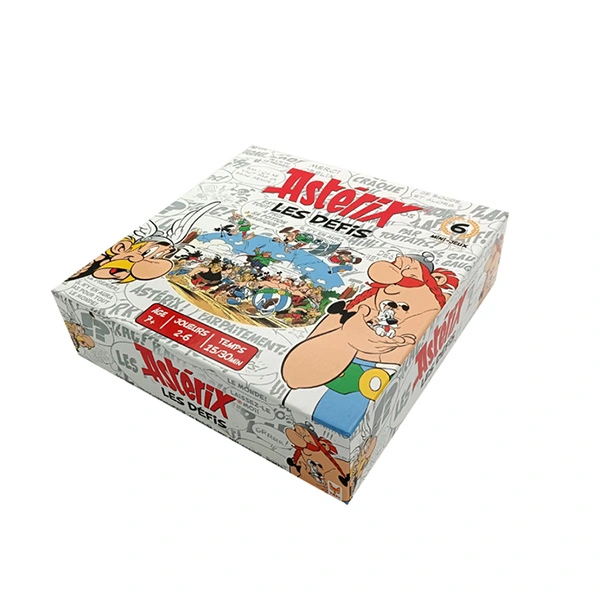
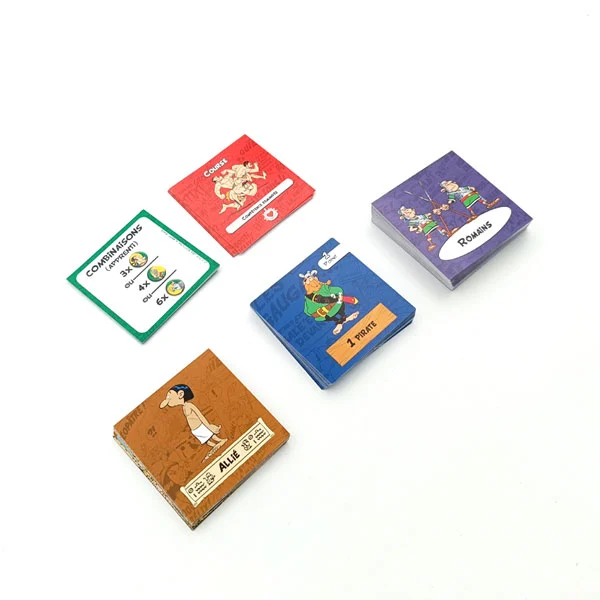
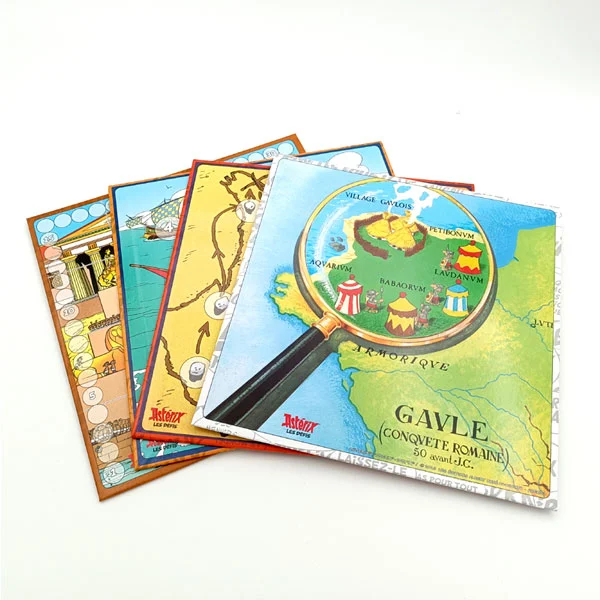
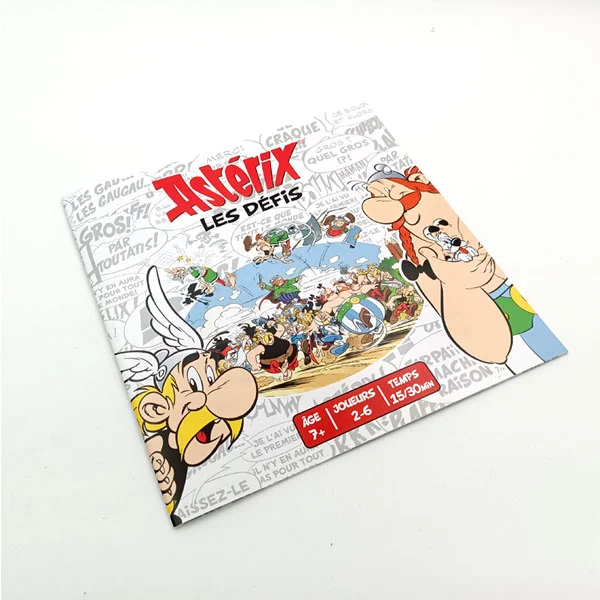
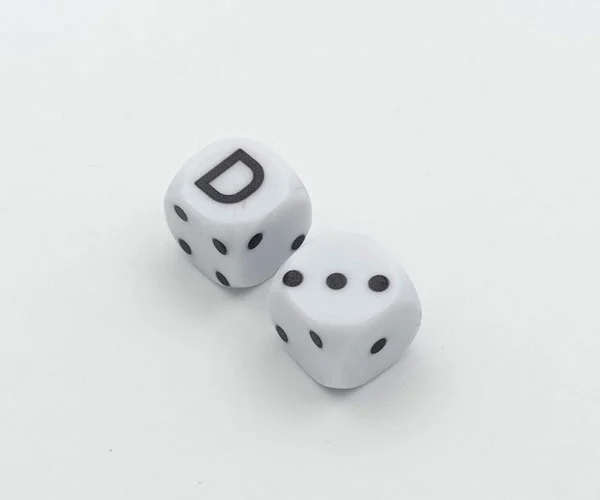
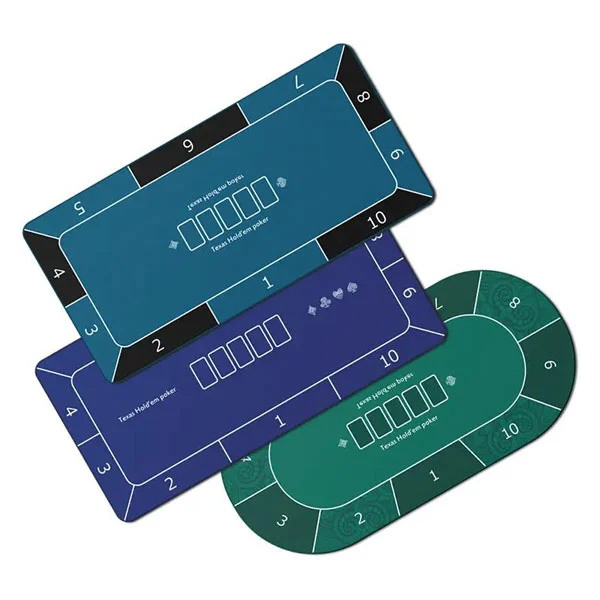
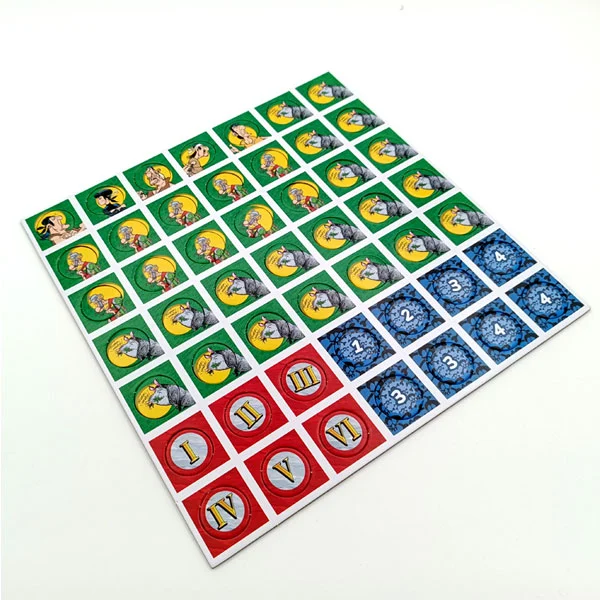
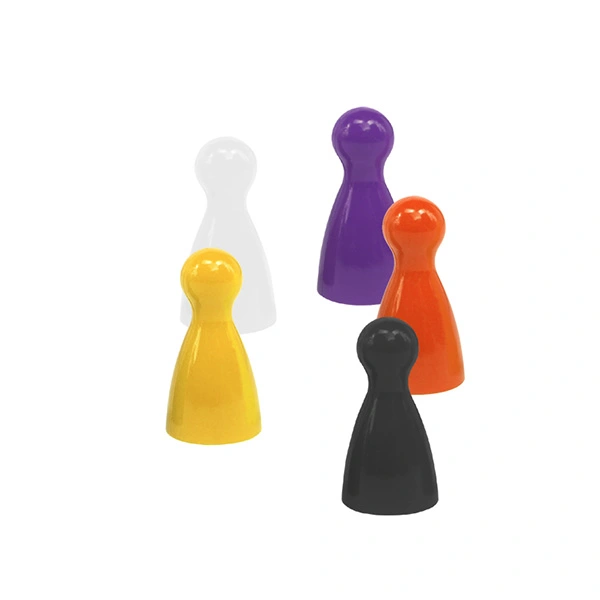
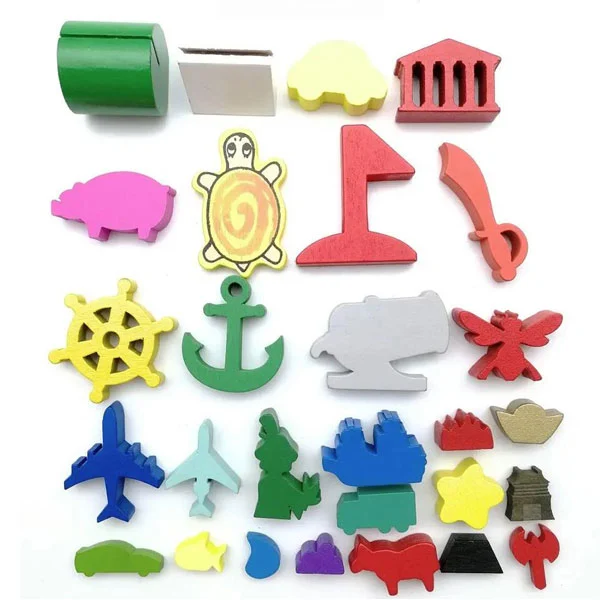

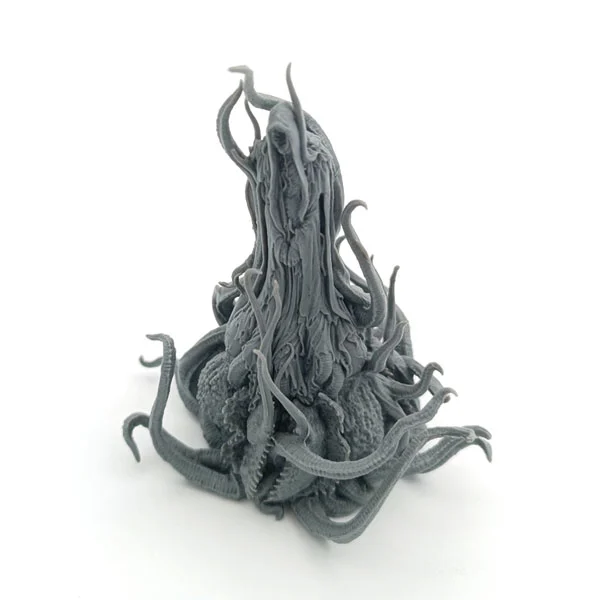
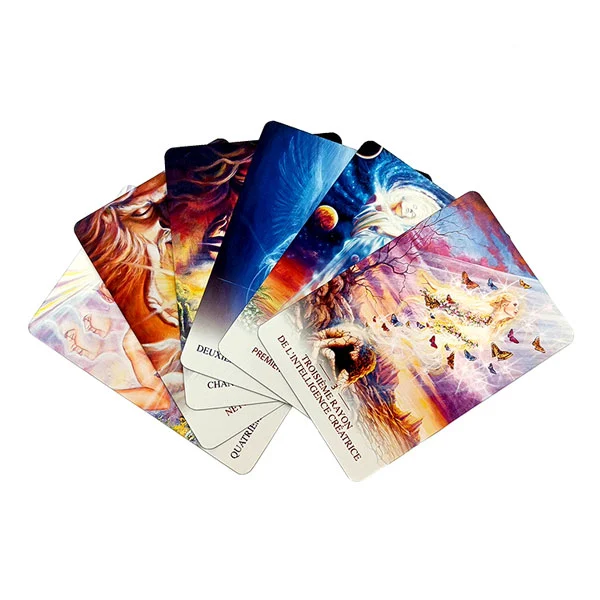
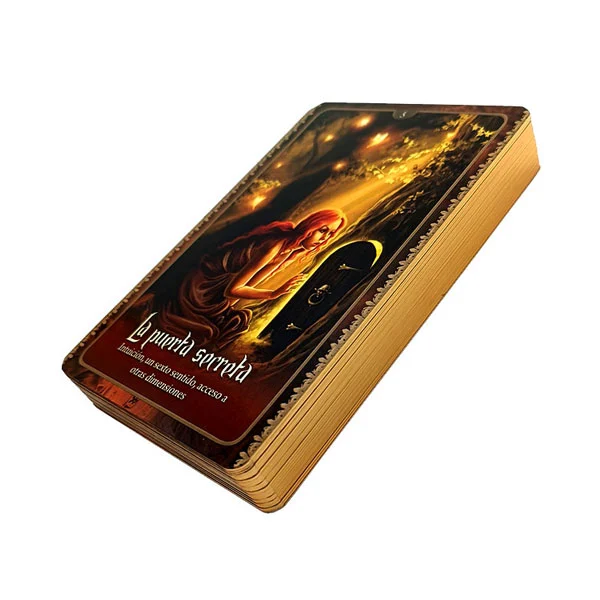
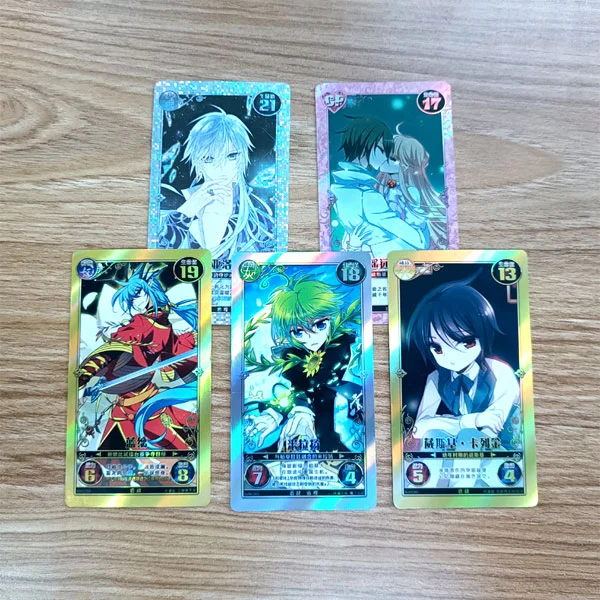
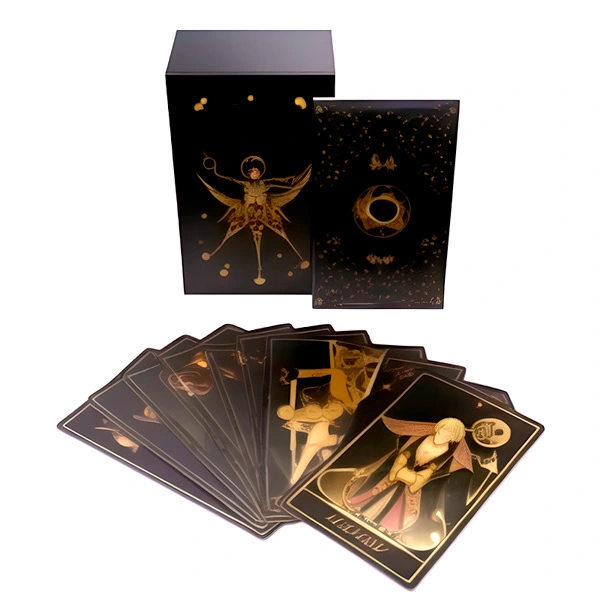
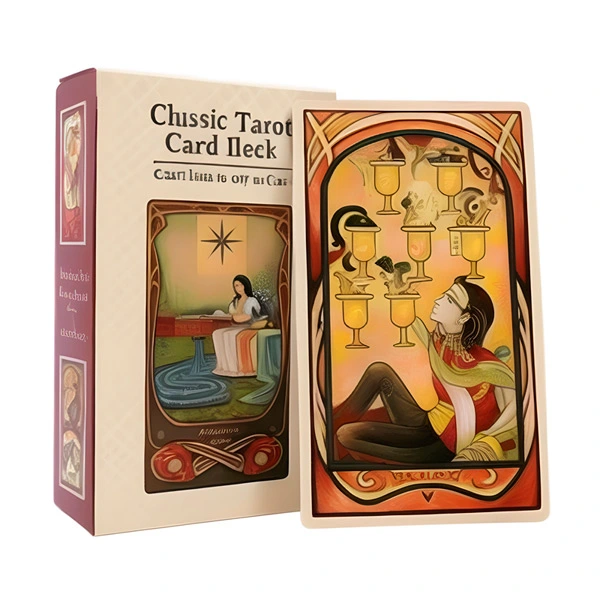
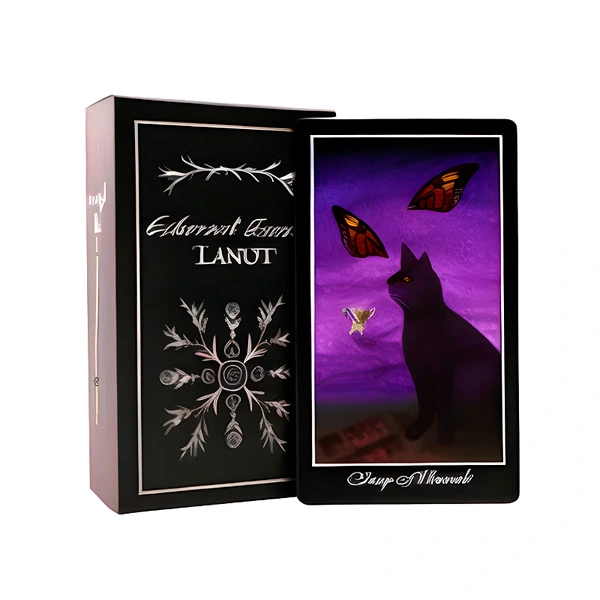
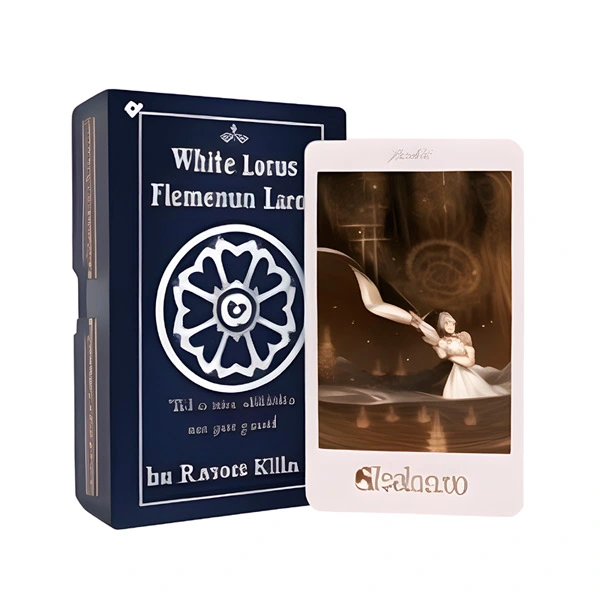
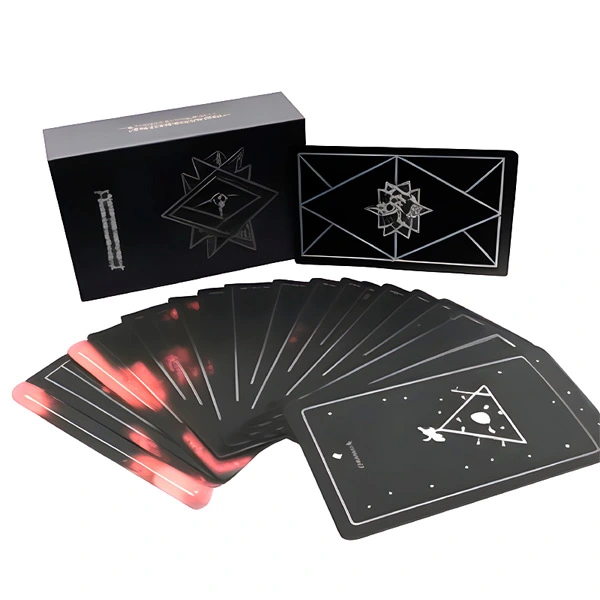
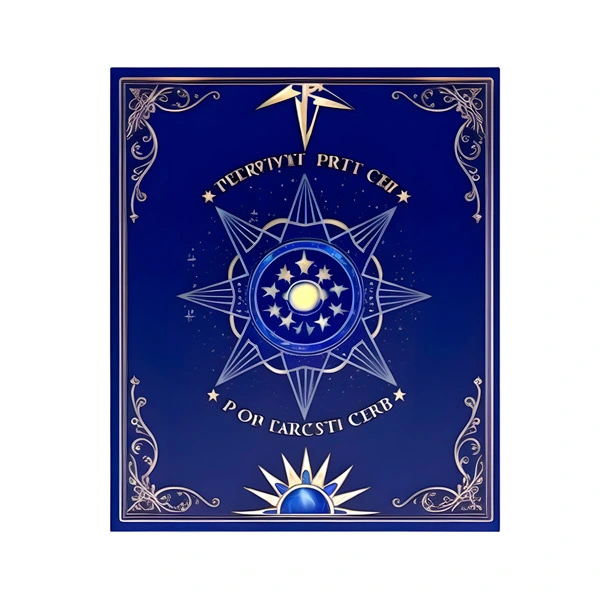
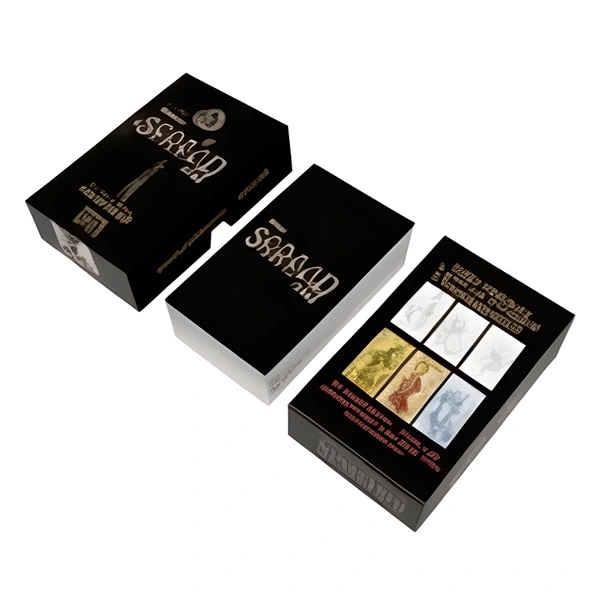
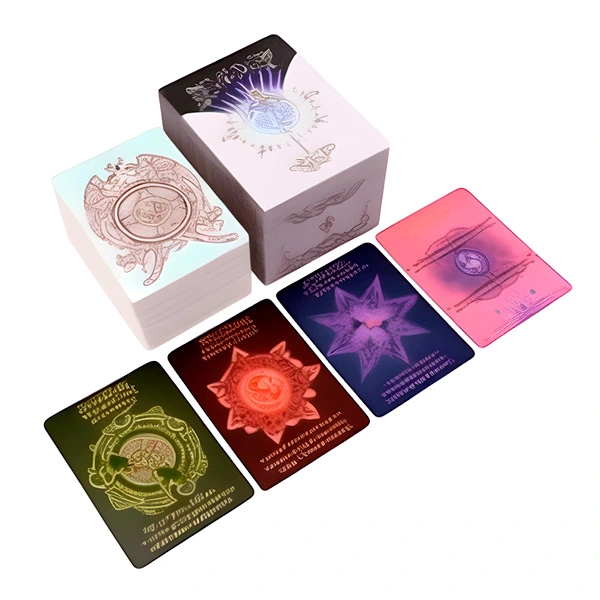
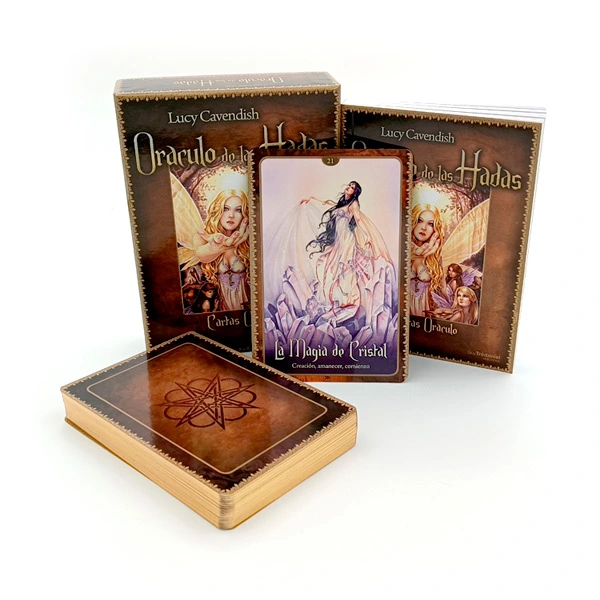
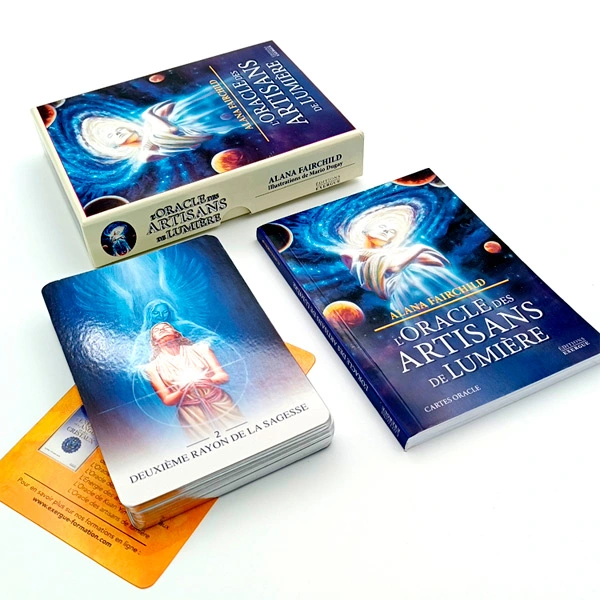
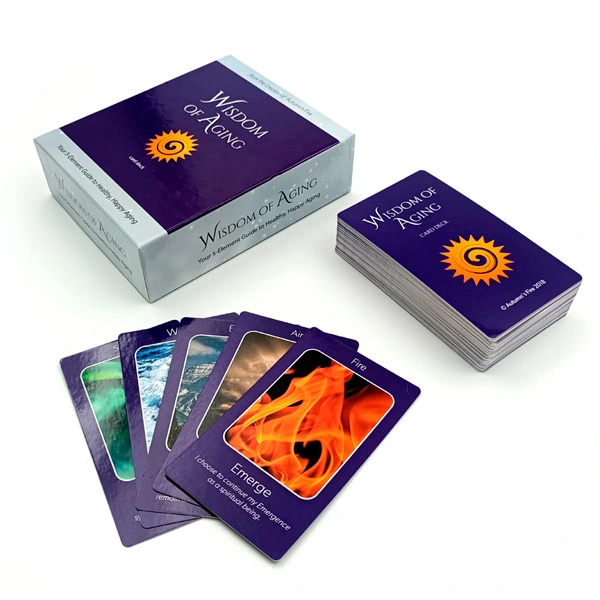
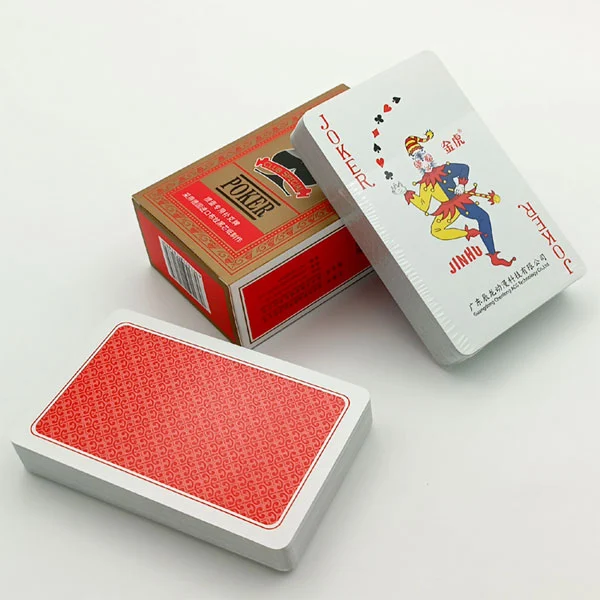
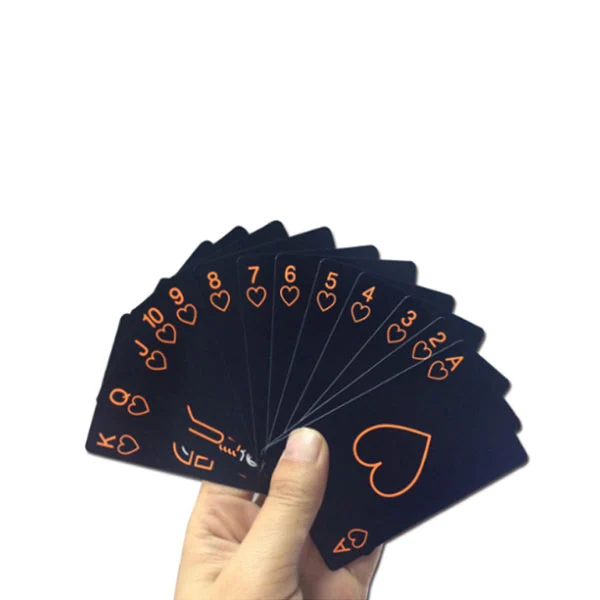






























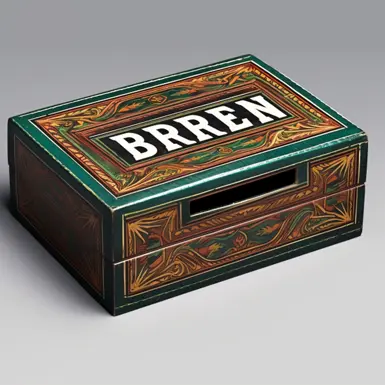

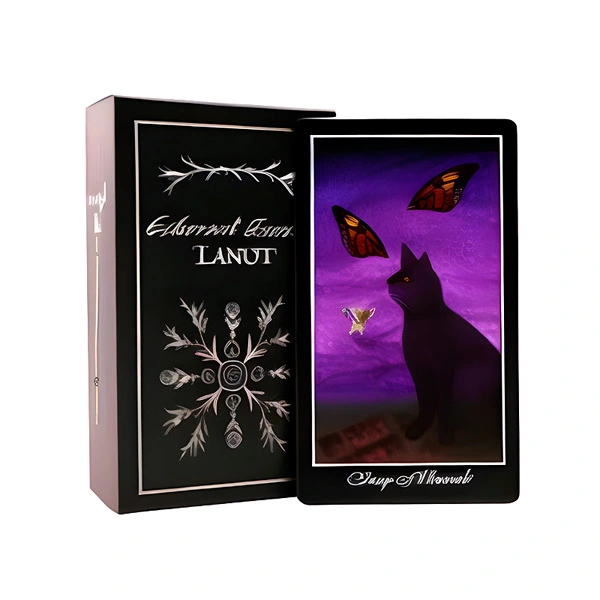
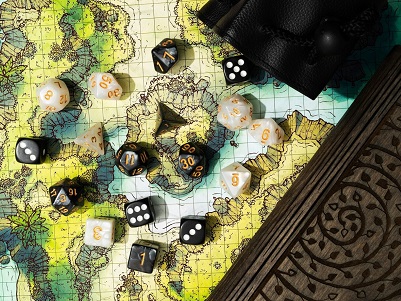
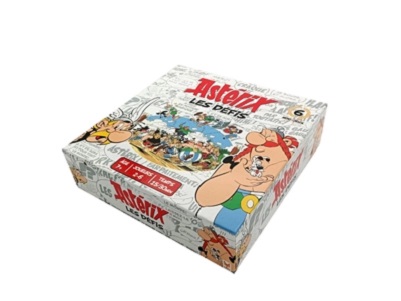
.jpg)